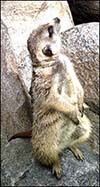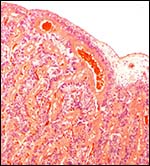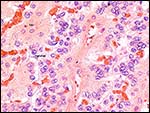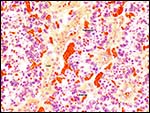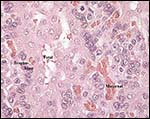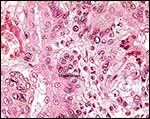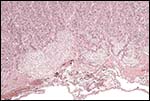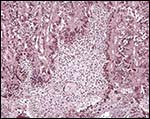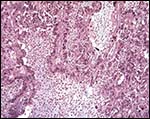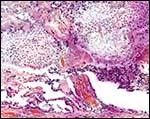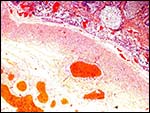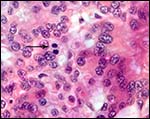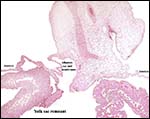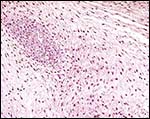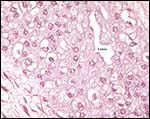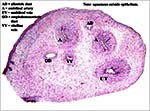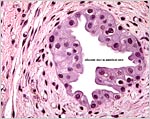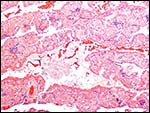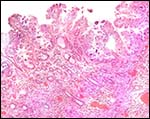| (Clicking
on the thumbnail images will launch a new window and a larger version
of the thumbnail.) |
| Last updated: June 13, 2011. |
South African Meerkat
Suricata suricatta
Order: Carnivora
Family: Herpestidae (Viverridae)
General Zoological Data
The Name (also Mierkat) is Afrikaans of Dutch origin and refers to a marsh-living cat. The animals are home to South Africa and Botswana, are mostly insectivorous and they live in large subterranean but diurnal colonies. They weigh about 700 g and live up to 14 years. Their coats are yellowish and several dark stripes (8-10) run across their backs. In zoological gardens they are favorite animals. This is especially true for children who love the ‘sentry’ animal on its hind legs that guards the access to the colony of some 20 animals.
Aside from insects, meerkats may consume lizards, small snakes, scorpions, mice, small birds etc., and it is known that they are mostly immune to the scorpion venom. These animals belong to a very rich group of carnivore and there are at least 6 subspecies in Africa (Dücker & Dathe, 1972).
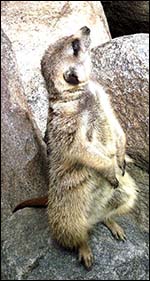 |
Meerkat at San Diego Zoo. |
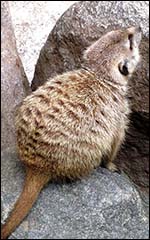 |
2. General Gestational Data
Pregnancy lasts about 11 weeks, occurs usually only once a year, and up to 4-5 newborns are conceived. They weigh from 25-30 g at birth and are naked and altricial. They come first above ground after 21 days of age but are still being well-guarded by 'baby-sitters'. This pregnancy under consideration was near term but the two newborns merely weighed 15 g; one was contained in each uterine horn. Sexual maturity is considered to occur at one year of age.
3. Implantation
Early implantations have not been studied and with the exception of a superficial listing of the features of term placentas by Mossman (1987) no descriptions of the placenta have been published. In general though, the placenta is very similar to that of the cat (Amoroso, 1961).
4. General Characterization of the placenta
Each apparently zonary placenta measured approximately 7 x 3 cm and was 3 mm in thickness. The cord insertion must have been either marginal or velamentous as the placental surface vessels are of very fine-caliber and large fetal vessels are also found in the membranes. Marginal hematomas do not exist, nor is there the green discoloration, as was already pointed out by Strahl (1905, and also by Grosser, 1927). At one edge, however, some orange-yellow discoloration can be seen as shown in the first photograph and this is iron-staining negative. The placenta is labyrinthine with an endotheliochorial interface. Neither the uterus nor the maternal vessels are infiltrated by trophoblast. A large allantoic sac exists which encloses the amnionic cavity.
5. Details of fetal/maternal barrier
No details have apparently been published but the interface of suricatta is endothelio-chorial and thus similar to other carnivore and especially to that of the cat. The major portion of the placental tissue is labyrinthine, while near the uterine basal portion a narrow spongy layer is seen. This is also quite similar to that seen in the cat (Parkes, 1961, Chapter 15, Fig. 15.54b).
6. Umbilical cord
The cords of these two fetuses were approximately 3 cm long and had no twists. They had a marginal insertion into the placentas as is seen in the first photograph. Two arteries and veins were found and there is an allantoic sac that is clad with very thick urothelium.
7. Uteroplacental circulation
There are no publications on the uterine and placental circulations.
| Unopened pregnant uterus to show the very thin blood vessels on surface. Cervix is below. |
8. Extraplacental membranes
A large allantoic sac with fetal vessels is present and composed of very thins connective tissue, in addition to the amnionic sac which lies central to the allantois.
| Allantoic and amnionic membranes with allantoic blood vessel in the center at the bottom. | |
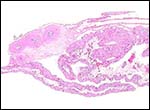 |
Membranes with large fetal vessels above. |
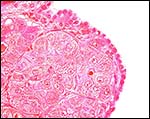 |
Yolk sac surface. |
9. Trophoblast external to barrier
There is no trophoblastic infiltration into myometrium or the maternal blood vessels.
10. Endometrium
Mossman (1937) considered that no decidua exists; it certainly does not exist in the floor of the implanted placenta, but on the membranes it appears to be focally present.
11. Various Features
No other features are described.
12. Endocrinology
The ovarian bursa was briefly described by Mossman & Duke (1973) as being 'complete with a porelike orifice similar to that of mustelids'.
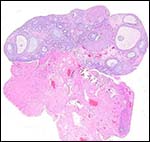 |
One ovary with two corpora lutea. |
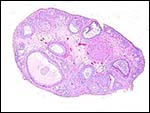 |
The other ovary with one corpus luteum. |
13. Genetics
Meercats have 36 chromosomes (Todd, 1966; Hsu & Benirschke, Vol. 1, Folio 30, 1967). With the exception of a minute Y-chromosome, most chromosomes are mediocentric or submetacentric elements.
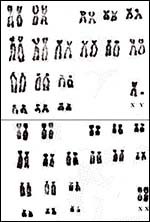 |
36 chromosomes of meerkat, from Hsu & Benirschke, 1967. |
14. Immunology
There are no published publications on immunological features except that the animals are apparently immune to scorpion toxins.
15. Pathological features
None have been described even in the comprehensive text by Griner (1983).
16. Physiologic data
None is known, except that the animals are described as having exceptionally good vision so that they can recognize a potentially threatening bird (Vulture) at high altitude and the emit a warning sound.
17. Other resources
Cell cultures are frozen in the San Diego Zoo's "Frozen Zoo" and can be obtained by requesting them from Dr. Oliver Ryder (oryder@ucsd.edu) at the Institute for Conservation Research at the San Diego Zoo.
18. Other remarks – What additional information is needed?
No good information exists on early implantation, pathology, physiology and endocrinology.
Acknowledgement
This tissue was kindly provided by Dr. Rebecca Papendick and April Gorow.
References
Amoroso, E.C.: Placentation, Chapter 15 in: Parkes, A.S.: Marshall’s Physiology of Reproduction. Little, Brown and Co. Boston1961.
Dücker, G. and Dathe, H.: Schleichkatzen und Erdwölfe; chapter 5 of Vol. XII. Kindler Verlag, Zürich, 1972.
Griner, L.A.: Pathology of Zoo Animals. Zoological Society of San Diego, 1983.
Grosser, O.: Frühentwicklung, Eihautbildung und Placentation des Menschen und der Säugetiere. J.F. Bergmann, München, 1927.
Hsu, T.C. and Benirschke, K.: An Atlas of Mammalian Chromosomes. Springer-Verlag, New York.1:Folio 30, 1967.
Mossman, H.W.: Vertebrate Fetal Membranes. MacMillan, Houndmills, 1987.
Mossman, H.W. and Duke, K.L.: Comparative Morphology of the Mammalian Ovary. University of Wisconsin Press, 1973.
Parkes, A.S.: Marshall’s Physiology of Reproduction. Little, Brown and Co. Boston1961.
Strahl, H.: Beiträge zur vergleichenden Anatomie der Placenta. (Lemuriden, Viverra civetta, and Centetes ecaudatus) Abhandl. Senckenbergsche Naturf. Gesell. Frankfurt 27:263-319, 1905.
Todd, N.B.: The karyotypes of the lesser Indian mongoose (Herpestes javanicus Geoffroy), the mierkat (Suricata suricatta Desmarest) and comments on the taxonomy and karyology of the Viverridae. Mammalian Chromosomes Newsletter No. 21:154, 1966.
